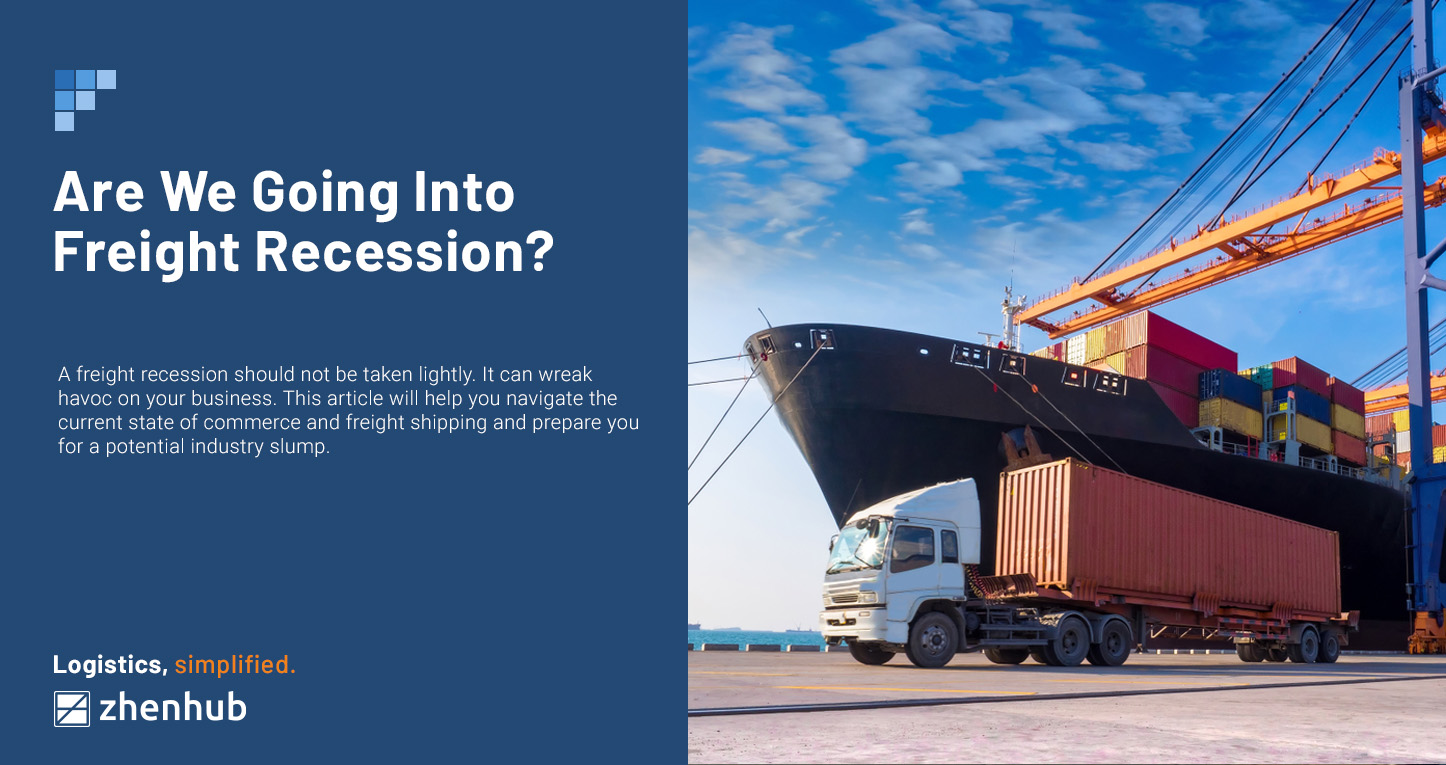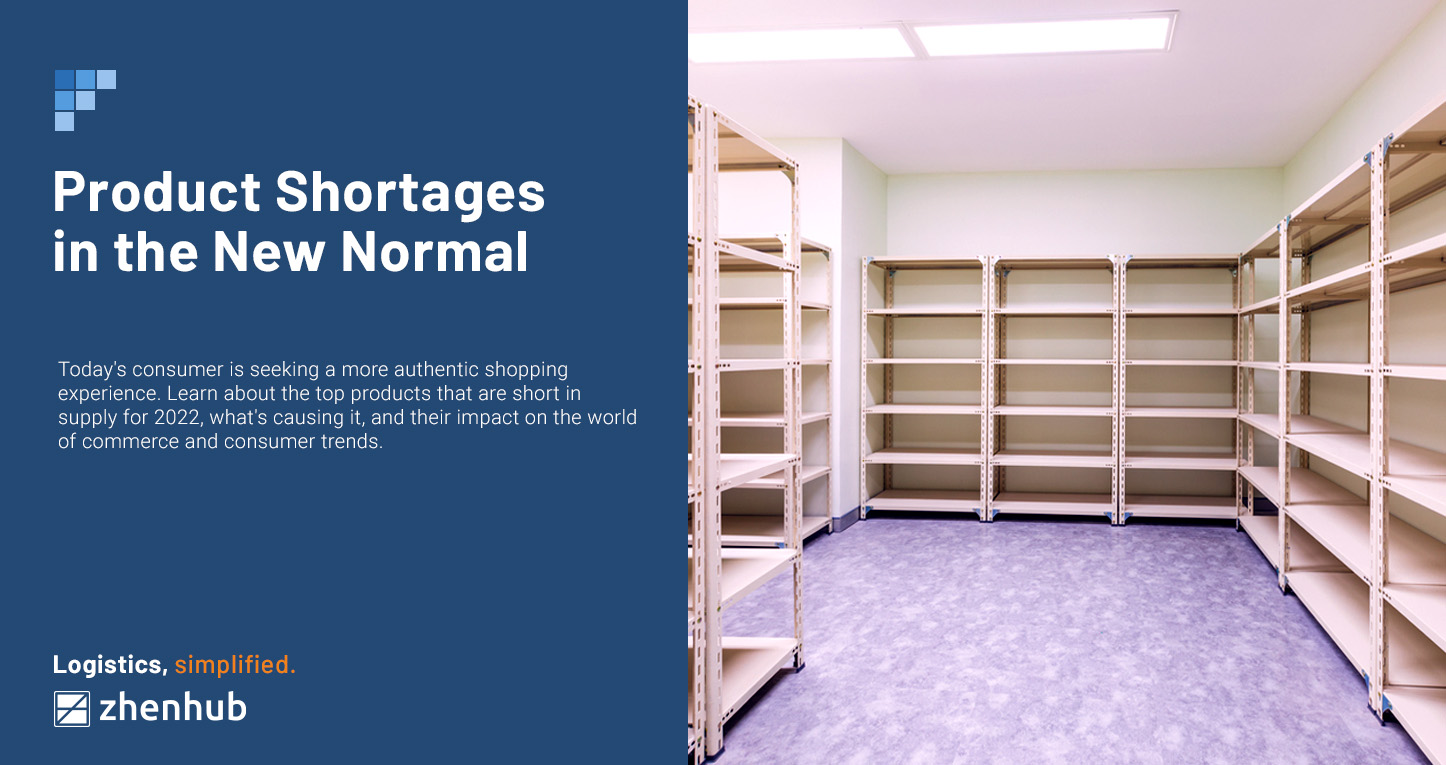
A Look at the Philippine Shipping Industry
Time to read: 6 minutes
The Philippines is an archipelago of over 7,000 islands, with shipping as the primary mode of inter-island transportation. This translates to the Philippine shipping industry and transportation sector as crucial to the nation’s development because they deliver domestic goods and ferry people across numerous islands. Barges, in particular, are heavily relied on when transporting goods and people between the three major regions: Luzon, Visayas, and Mindanao. In light of this function, a productive shipping sector that supports the movement of goods, products, and people is essential to the country’s development.
The Philippines depends on domestic aviation freight and road networks to support the rest of its 7,000 islands. In recent years, the Philippines’ business logistics sector has grown tremendously. This is a result of the nation’s advantageous geographic position, which makes it a prime hub for logistics businesses. By 2027, the freight and logistics market in the Philippines will be expected to grow at a rate of over 7%, with a total value of 23.7 million USD.
As cautious consumers stayed home to avoid coming into contact with COVID-19, the pandemic boosted eCommerce across the country. This trend persists as more people shop online and more merchants go online. The Department of Trade and Industry (DTI) of the Philippines reported 1,700 online vendors in March 2020 and 93,318 by January 2021. That’s a staggering 192% jump before the pandemic started.
The Philippine Shipping Industry at a Glance
The rapid growth of the Philippine shipping industry is due to the rise in eCommerce demand and the government’s increasing infrastructure spending.
The pandemic fueled the growth of online businesses and sped up online buying nationwide. eCommerce, food and beverage, manufacturing, electronics, automotive, and pharmaceutical industries are significant revenue generators for the Philippine logistics business.
Over 90% of trade in the Philippines is moved by sea, making the shipping sector a considerable part of the nation’s economy. Understanding the industry’s prominent characteristics and infrastructure as an eCommerce retailer will help you effectively and efficiently deliver your products to clients.
The extensive network of ports in the Philippines, which includes 23 major ports and more than 100 minor ports, is dispersed around the nation. It’s a noteworthy aspect of the country’s maritime business. The Philippine Ports Authority (PPA) is in charge of maintaining the effective operation and growth of the ports.
There are several shipping firms in the nation, with over 350 registered with the Maritime Industry Authority (MARINA). These businesses run a range of ships, from little coastal ferries to huge container ships.
The Philippine shipping industry has recently experienced major infrastructure modernization with the building of new ports and the purchase of modern vessels. Tracking and management systems are being updated with application of cutting-edge technology like electronic data interchange (EDI) and global positioning systems (GPS).
A 2021 OECD report states that the Philippines’ market for logistics transport services is worth $11 billion. Road and sea transportation each contribute 40% and 35% of the industry’s 4% GDP for freight transportation. Most of the country’s numerous islands are served by road transportation for carrying commodities to and from ports. Both local and foreign cargo is transported using maritime means.
Challenges Faced by the Philippine Shipping Industry
The Philippine economy continues to grow due to the nation’s expanding population and rising domestic consumption. Additionally, the logistics and transportation sectors also develop as the economy grows. The requirement to transport commodities increases along with their creation and distribution. A large archipelago of thousands of islands makes it a complicated geographical structure. But there is an opportunity here.
Underdeveloped Logistics Network
The logistical infrastructure in the Philippines is underdeveloped. Metro Manila experiences traffic congestion frequently, ranking 18th worst globally in 2021. You can anticipate lengthy shipping periods, despite promises by the Philippine government to repair and upgrade the country’s infrastructure. Only domestic flights and smaller aircraft are accommodated at certain smaller airports across the nation. Due to their reduced size and constrained cargo capacity, these aircraft can only transport a certain quantity of cargo between airports.
You will need to wait for a different aircraft that will go to a particular province if the amount of cargo is greater than the plane can carry. To avoid this, you might communicate with your customers with controllable expectations. It’s best to provide a realistic estimate of your delivery dates.
As mentioned earlier, the government has made large investments in infrastructure developments. The previous administration’s “Build, Build, Build” (BBB) program is set to introduce 75 new planned infrastructure projects, which include ports, railways, toll roads, and airports. The current Marcos administration plans on expanding the previous program with the “Build, Better, More” (BBM) initiative. With a proposed budget allocation of P1.196-T, the new infrastructure program plans on augmenting commuter railways and upgrading national bridge infrastructures.
Tropical Weather
During the annual rainy season, which lasts from June to October, deliveries are susceptible to weather delays. The Philippines often goes through 20 typhoons a year, which delays shipments. These events result in flight cancellations that affect millions of air freight shipments nationwide. Similarly, cargo transfer by land is hampered during typhoons due to blocked roadways and hazardous road conditions.
However, sea transport and shipping are very robust and reliable, even during tropical storms. The majority of container ships are built to withstand rough waters. Before leaving the port and even when traveling during inclement weather, sea freight forwarders in the Philippines can easily control routes. Only during periodic port closures are they delayed.
Customs
Philippine customs are cited as one of the more challenging aspects of logistics competence.
The country is at a competitive disadvantage compared to other nations where electronic applications and single windows for customs exist. There is a distinct administrative burden of applying for separate import permits with various organizations. Keeping up with all the customs regulations changes could be challenging and time-consuming.
Some logistics firms specialize in or assist in navigating these rules. Additionally, several of them use automated procedures to ensure that all your paperwork is up-to-date and complete. This makes it easier for your shipments to pass through customs without problems, assuring prompt delivery and satisfied customers.
eCommerce Opportunities with the Philippine Shipping Industry
The Philippines is a popular market for growing online retailers and expanding international eCommerce marketplaces.
The Philippines is strategically positioned for easy trade with China, Vietnam, Japan, and many other major players in the global economy. It is a founding member of the World Trade Organization (WTO), the Association of Southeast Asian Nations (ASEAN), and the Asia-Pacific Economic Cooperation (APEC).
Despite the COVID-19 Pandemic, the Philippines boasts the following:
- The 32nd-largest economy in the world by nominal GDP
- Asia’s 12th-largest economy
- ASEAN’s third-largest economy
- A predicted GDP of more than 433 billion USD in 2022
In 2023, the local eCommerce market is expected to generate US$16.91 billion in revenue.
Logistics and supply chain businesses may take advantage of more significant opportunities given by the expanding economic sector in the Philippines, notably in e-commerce, by embracing digitalization.
If fully utilized, digital transformation can increase global revenue from digital logistics by 21.5% from 2022 to 2029. That could yield over USD 99.16 billion.
There is room for the Philippines logistics market to explore fully utilizing its digital opportunity. Many regulations, such as the “Digital Rise Program,” have already been established to expedite digital transformation. The sector should emphasize advancing digital skill development, accelerating digital adoption and innovation, and fostering digital trade prospects.
Both local and foreign businesses are represented in the Philippines’ highly fragmented logistics market. Among them are Nippon Express, W Express (DHL), 2Go Logistics, Royal Cargo, and Fastcargo Logistics. Construction of warehouses closer to the customers they serve is a prominent trend anticipated to fuel market expansion. This tactic is employed to meet the demand for express deliveries.
Additionally, most businesses will use cutting-edge technologies like drones, cloud computing, and automated robotics. These new technology implementations will intensify the logistical competitiveness in the nation.
Additionally, some cold chain operators are projected to grow their companies. They plan on constructing many new cold storage facilities to fulfill the rising demand for refrigerated storage. The goal is to enhance the Philippines’ cold storage sector, thereby increasing possible product imports. A new wave of technical developments is transforming the nation’s logistics industry. Though it may take years, the organic expansion of logistics companies and the end users of such services depend on it.
Fortunately, the market is already there. The average Filipino uses social media sites actively for an astounding 10 hours every day, seven days a week. In 2022, the country’s total number of active social media users in the country hit 78.5 million users. The Philippines Central Bank said 20.1% of financial transactions in 2020 were digital payments ($46.8 billion), up 61% from 2019. By 2023, the Central Bank hopes to bank 70% of adult Filipinos.
The Philippines is a feasible market to break into to establish your international eCommerce business. A large segment of its population is young and more technologically savvy, offering significant growth potential in its eCommerce environment.
While the Philippine shipping industry has unique challenges, steps are being taken to modernize and streamline it. Working with the right shipping parts will substantially streamline your logistics and delivery processes. You can achieve seamless cross-border shipping to the Philippines by working with trustworthy and knowledgeable shipping partners at each stage. It can even work with just one partner who can handle every step.
ZhenHub works with globally-connected eCommerce fulfillment centers that bring your products closer to your customers. Our distribution network gives you a footprint in the Philippine shipping industry, giving you sustainable and trackable logistics options. Take the first step in expanding your market by signing up on our website.


